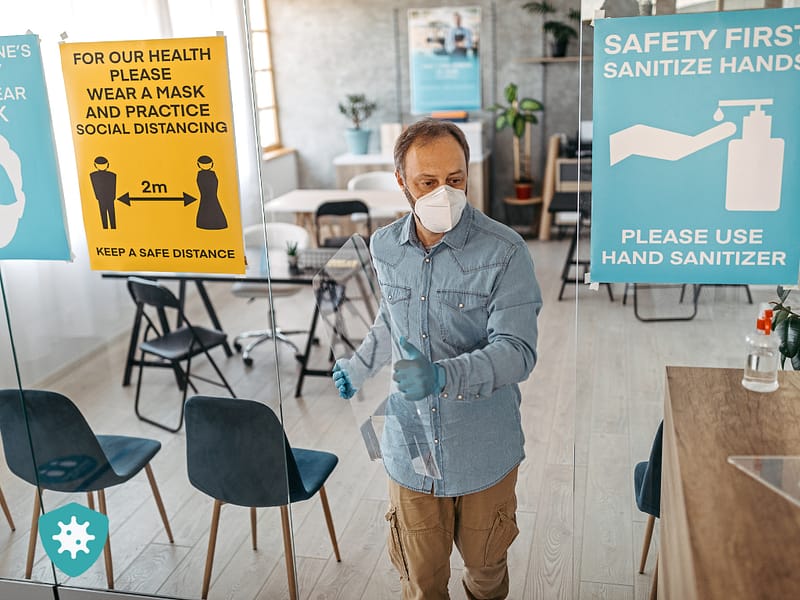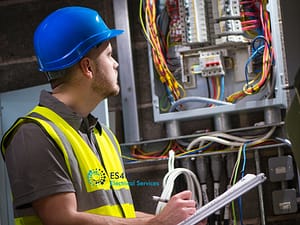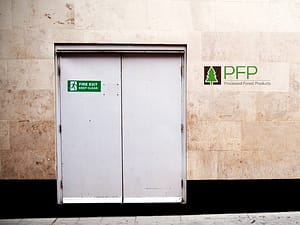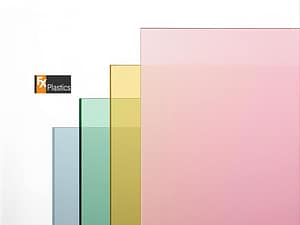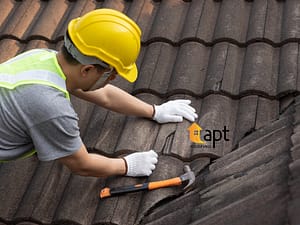In our evolving world, where health and safety have taken center stage, the retail landscape has undeniably transformed. At the forefront of these changes stand hygiene screens. They offer an indispensable layer of protection between staff and customers, acting as shields against the potential spread of pathogens. However, their introduction to the retail environment must be executed mindfully, ensuring an unobstructed and enjoyable shopping journey for customers.
Best Practices for Placement and Setup
- Strategic Positioning: The primary objective of these screens is to provide protection in areas of high face-to-face interaction. This includes checkout lanes, information desks, and any specialized consultation zones. Consider the store’s layout and foot traffic patterns to optimize screen placements.
- Height and Width Considerations: A comprehensive shield means the screen should extend beyond the typical heights of both standing and seated individuals. Moreover, its width should be ample enough to cover side interactions, considering gestures and varying angles of communication.
- Clarity and Acoustic Properties: The material of the screen is paramount. It should offer optical clarity for unobstructed visibility, and not hamper sound quality, ensuring fluid communication between the customer and staff.
- Robust Installation: Stability is non-negotiable. The screens should stand firm against accidental nudges or more vigorous impacts, ensuring they don’t become hazards themselves.
- Maintenance Protocols: Cleanliness upholds the screen’s integrity. Regular sanitization, using appropriate cleaning agents, ensures that these barriers don’t become contamination points.
Enhancing Customer Experience without Compromise
The practicality of hygiene screens shouldn’t overshadow the quintessential shopping experience.
- Informative Signage: Deploy clear and friendly signage. Inform customers about the screens’ purpose, emphasizing the store’s commitment to their health and safety.
- Interactive Integration: For tech-forward retail spaces that use touchscreen kiosks or POS systems, ensuring that screens accommodate touch responsiveness can be a game-changer, offering safety without compromising on interactivity.
- Aesthetic Cohesion: The screens should blend with the store’s design ethos. Consider frames or stand designs that resonate with the store’s theme, ensuring they add to the ambiance rather than detract.
- Empowering S taff: Effective communication becomes even more crucial with screens in place. Conduct training sessions where staff can learn techniques to communicate clearly, maintaining eye contact, and ensuring their voice modulation remains pleasant and audible.
- Open Channels for Feedback: Create platforms or mechanisms where customers can share their feedback about their in-store experiences. Their insights can provide invaluable direction on how to fine-tune the setup for optimum results.
Conclusively, the integration of hygiene screens in retail spaces symbolizes the industry’s adaptability and commitment to customer welfare. Executed thoughtfully, these screens can seamlessly blend protection with an unhindered shopping experience.
Exploring Retail Hygiene Screens: FAQs
Dive into the intricate balance of maintaining customer safety with seamless shopping experiences through the strategic use of hygiene screens in retail settings.
What is a plexiglass screen?
Plexiglass, also known as acrylic or by its brand name Perspex, is a transparent thermoplastic often used as a lightweight or shatter-resistant alternative to glass. A plexiglass screen refers to a barrier made from this material, commonly used in various settings for protection or as a clear partition. Given its clarity and durability, it’s frequently chosen for applications ranging from retail barriers to protective face shields.
Is Perspex acrylic waterproof?
Yes, Perspex acrylic is waterproof. It is a non-porous material, which means it doesn’t allow water to pass through. This property makes Perspex suitable for various applications, including outdoor signs, aquariums, and other settings where resistance to water is essential.
How long does Perspex last?
The longevity of Perspex depends on its usage and environment. When used indoors and away from direct sunlight, Perspex can remain in pristine condition for many years. However, when exposed to direct sunlight outdoors, UV rays can cause it to become brittle or discolored over time. With UV-resistant coatings or modifications, some Perspex sheets can last 10 to 30 years or even longer outdoors.
Does Perspex break easily?
Compared to traditional glass, Perspex is much more shatter-resistant. While it’s tough and unlikely to break upon impact, it’s not entirely unbreakable. Under extreme force or conditions, Perspex can crack or break, but it typically withstands impacts that would shatter regular glass. It’s essential to differentiate between being shatter-resistant and being scratch-resistant; while Perspex doesn’t shatter easily, it can be more prone to scratching than glass.
Mastering Retail Hygiene: Navigating the Age of Protective Screens
In an era where safety is paramount, the retail sector stands resilient, weaving hygiene screens into its fabric. Hygiene screens, when used correctly, can be a powerful tool for retail businesses in today’s health-conscious world.
They not only protect both staff and customers but can also be seamlessly integrated into the shopping environment to ensure a pleasant experience for all involved. Dive into the art of strategically integrating these protective barriers, ensuring not just safety but also an enriched shopping experience.

